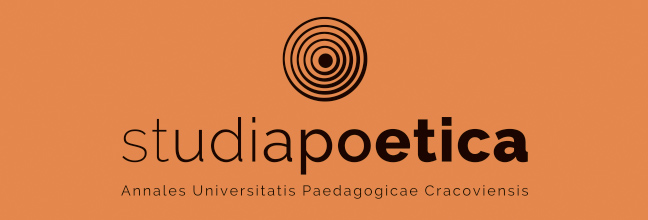Submission
Submission
To submit a manuscript electronically, please log in on our website: www.resgestae.uken.krakow.pl. We do not accept e-mail submissions.
The article length should not exceed one publishing unit (about 40 000 signs with spaces). In case of longer texts please contact adrian.szopa@uken.krakow.pl
Checklist for manuscripts before submission
Authors are asked to check whether the manuscript meets the criteria listed below. Manuscripts that do not meet the editorial requirements may be rejected.
· The manuscript has not been published anywhere before and is not being processed in another journal.
· The manuscript must be saved in OpenOffice, Microsoft Word, RTF or WordPerfect format.
· If available, provide a URL for the bibliographic items.
· Line spacing 1.5; font height 12 pt; italics rather than underlining used (except for website addresses).
· All figures and tables are placed in the text in appropriate places (not at the end).
· Illustrations should be placed in appropriate places in the text along with their description and information about sources, and also provided as separate files (1 file = 1 illustration).
· The manuscript should be formatted according to our Stylesheet, which specifies the style and principles of preparing footnotes and bibliography.
· The manuscript does not contain any direct information that could allow the identification of the Author (the Author provides the Editorial Board with necessary personal information upon registration in the OJS system).
· The manuscript contains the following, in Polish and English: title, abstract and keywords.
